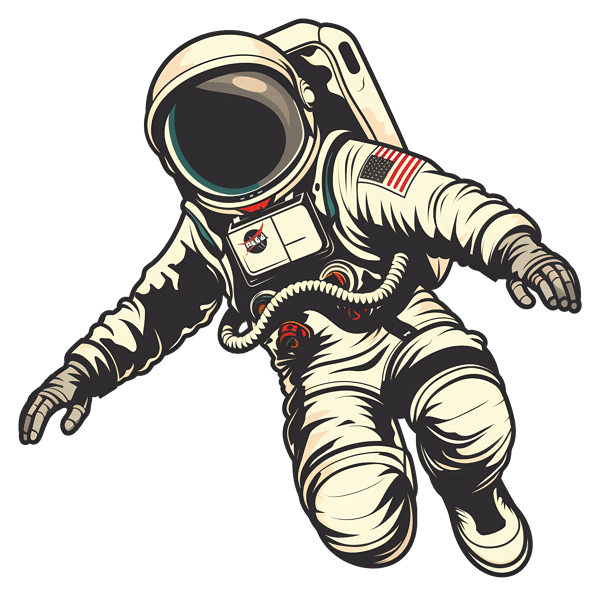

Radio Cartographer
Radio Cartographer is a collection of powerful, single-dish
radio telescope image-processing algorithms written in C++. RC
was my very first coding project in 2016! I had never
attempted to develop software before and was totally
unfamiliar with every step of the process. Despite that, RC
has become a very powerful tool over the years and is still
being maintained and used to create and process images by
thousands of college-level students and researchers every
year.
RC is alive and well more than 8 years since its inception.
Just last year in 2023, we integrated RC into Skynet and
created a UI for it. Before then, it was only an executable.
On that note, we added Docker support in 2024 allowing RC to
be installed and run regardless of your operating system.
Windows set up required building multiple libraries from
source. It was not fun. We're considering turning RC into a
Python library, though that will be a time consuming effort.
Radio Cartographer is far too complicated to give a detailed
explanation here. For those interested see our (50 page!)
paper
published in the Astrophysical Journal
. We actually wrote an additional 30 page paper as a
follow-up, but we never got around to submitting it. Don't
hesitate to reach out to me with any questions.
Data Contaminant Removal Example
A powerful algorithm for recovering a signal from highly contaminated data
Top left:
Raw maps of Andromeda, acquired with GBO’s 40-foot
diameter radio telescope in L-band. Instrumental signal
drift dominates each map.
Bottom left:
Data from the top row background-subtracted. Similar
maps are extracted, despite the large systematics.
Right:
Final product. After appending and then jointly
RFI-subtracting. Locally modeled surface has been
applied for visualization.
